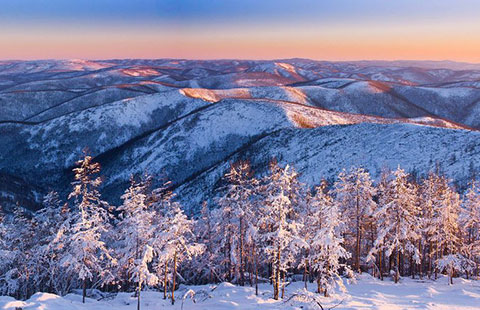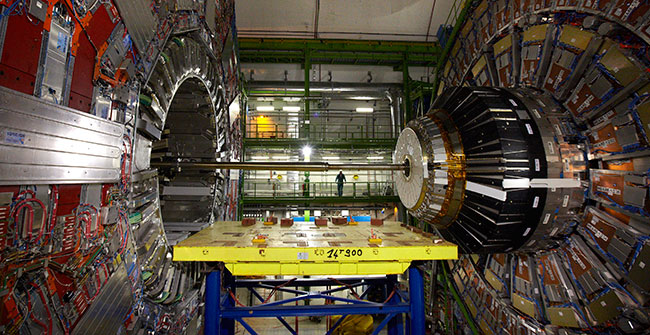Natural disasters active on Tibetan plateau: report
(Xinhua) Updated: 2015-11-18 17:06BEIJING - Natural disasters are on the rise on the Tibetan plateau as the region is affected by global warming and increased human activity, according to a recent environmental assessment report.
The report on environmental change of the world's highest plateau was published Wednesday by the Institute of Tibetan Plateau Research under the Chinese Academy of Sciences.
It said disasters including landslides, torrential floods and snow disasters are expected to increase and fires will be more difficult to prevent and extinguish.
According to the report, about 1,500 mountain torrents were reported on the plateau from 1950 to 2010, with the worst in 1998 when more than 50 counties in the Tibet Autonomous Region were affected.
The floods on the plateau are attributed to frequent extreme precipitation during rainy seasons.
Meanwhile, the report warned iced lakes and barrier lakes on the plateau are also posing a threat as more than 20 overflowed during the 20th century, leading to severe disasters in the region.
As one of the major forests in the nation, risk of fire is also high due to strong wind and lack of rain and snow, it said.
From 1988 to 2014, a total of 373 forest fires were reported, according to the report.
In addition, the scale of snow storms and avalanches has expanded markedly over the past 40 years under the influence of climate change, affecting human activities and the climate in the north hemisphere, the report said.
With an average altitude of over 4,500 meters, the Tibetan plateau, known as the core of "The Third Pole," refers to the areas within southwest China's Tibet Autonomous Region.
- Tibetan plateau warmer, moister: report
- Death toll hits 33 in east China landslide
- Glacier on Tibetan plateau retreating: report
- Tibet plateau as clean as North Pole: report
- Govt to launch cutting-edge projects, premier says
- Jiangsu to curb use of antibiotics
- New ice cores to tell climate tale
- Government on target for reduced pollution in 2017
- Number of mainland college students in US exceeds 300,000 for first time
- Two-child policy puts pressure on sperm banks







